From late October to March a typical cold-weather backpacking trip in the Cascade Mountains can involve preparation for snow camping in temperatures ranging from 10 to 35º F with 5–25 mph winds. The gear shown here is for such a trip.
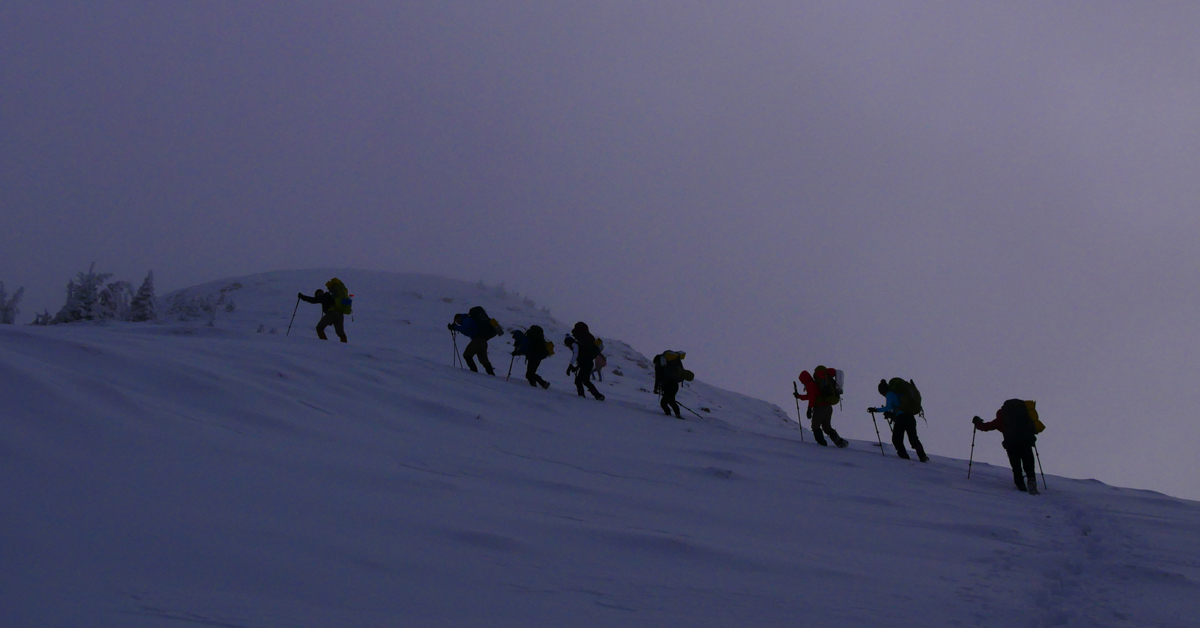
Winter backpacking and snow camping in the Pacific Northwest, Washington State, Cascade Mountains

From late October to March a typical cold-weather backpacking trip in the Cascade Mountains can involve preparation for snow camping in temperatures ranging from 10 to 35º F with 5–25 mph winds. The gear shown here is for such a trip.
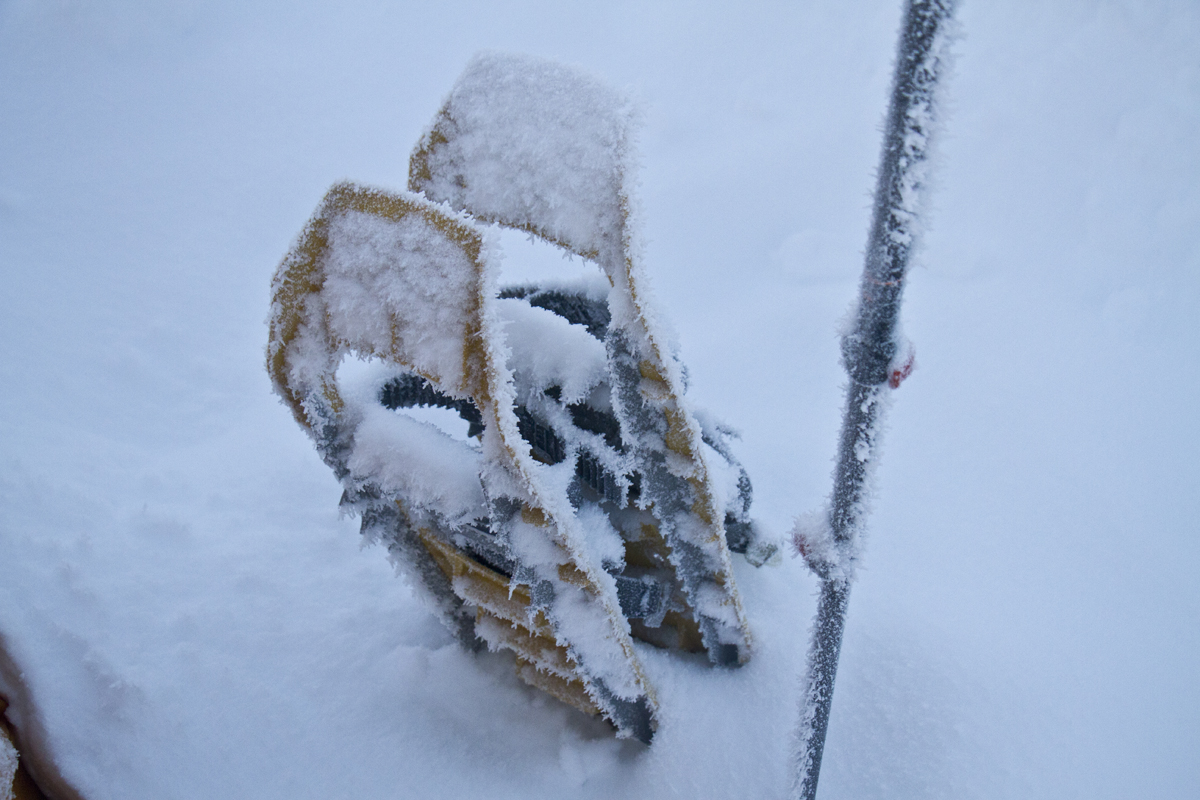
Make sure your boots fit correctly. Not too loose or too tight. If your boots are too tight-blood circulation will be reduced causing your feet to become cold, especially when you are not moving. Overly-tight boots often occur when hikers use their three-season hiking boots with thicker wool socks or layer socks with sock liners.
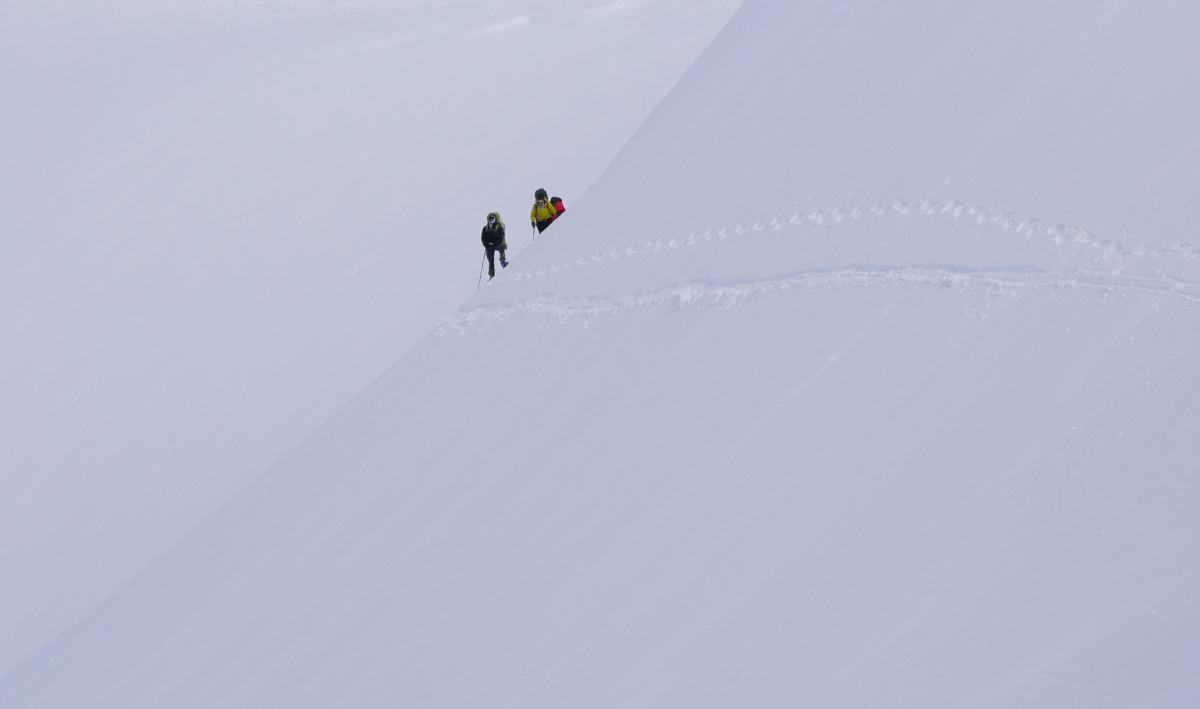
There are snowshoes for flat terrain, rolling terrain, and mountain terrain. Most of our trips here in the Pacific Northwest are in Alpine terrain or terrain with steep slopes. For this, snowshoes designed for mountain terrain provide the greatest safety and comfort.
How are mountain terrain snowshoes different?
The main purposes of snowshoes are flotation and traction. They keep you from sinking into the snow or sliding off the slope. The deeper your feet sink, the more difficult it is to more. The more you can float on the snow the better.
Flat terrain snowshoes serve that purpose but provide little traction on the underside to prevent slipping and sliding on slopes. This lack of traction allows you to go faster on flat terrain but it also means flat terrain snowshoes can perform like a dangerous high-speed sled on mountain slopes. Foam running snowshoes are not appropriate for our routes in the Cascade Mountains.
Rolling terrain snowshoes have more traction, but only mountain terrain snowshoes have the level of added traction needed plus pop-up heel lifts that give your calves a break on steep terrain. There are some flat terrain snowshoes that have heel lifts, so check the amount of traction. Do not rely solely on whether the snowshoes have pop-up heel lifts.
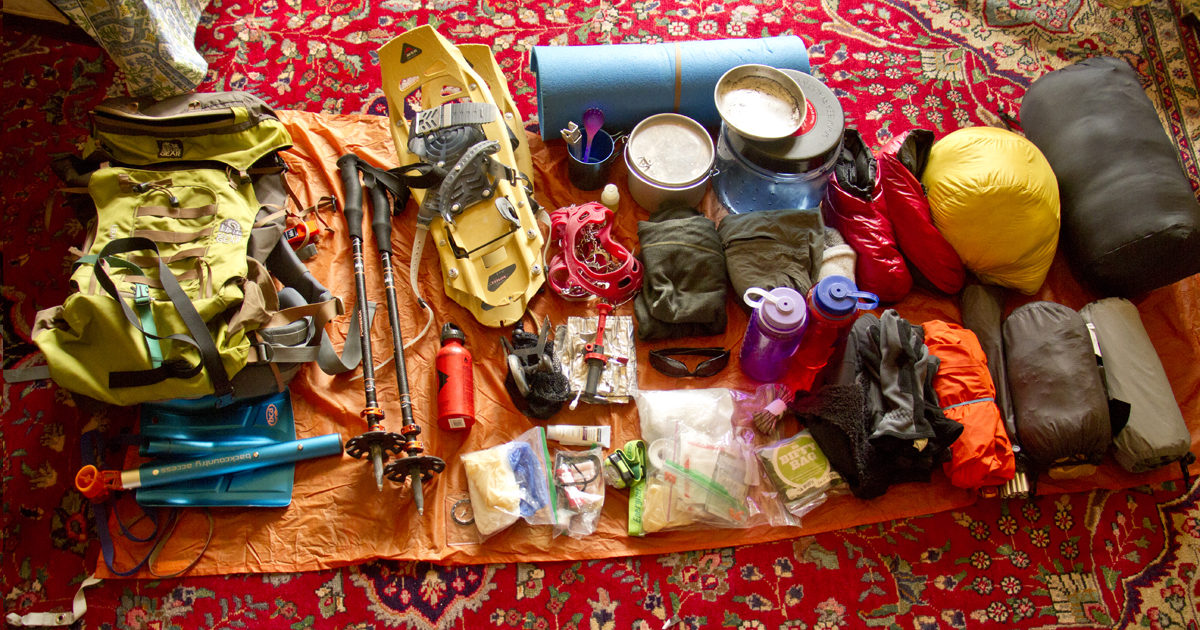
Most of my gear falls in the light to the ultra-light category. This is important especially in the winter because sleeping gear and warm clothes add to your pack weight. But I have a few not-so-ultra-light exceptions, some of which I’m going to discuss in this post. Foremost among them is my extra sleeping pad and some form of food protection, such as a bear canister or metal lunchbox.
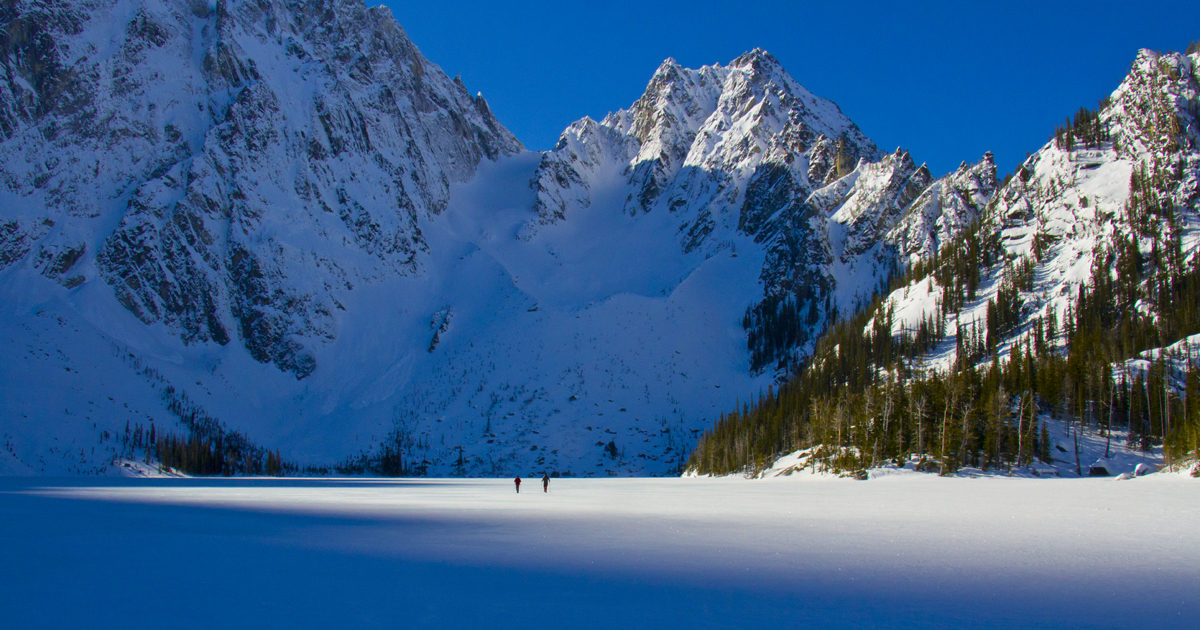
With the right gear and knowledge (know the hazards), you can head out and experience the beauty of the wilderness without the crowds.
To stay cozy and safe, you’ll need to add some pounds to your pack, making your ultra-light strategies even more important. And, sometimes you’ll
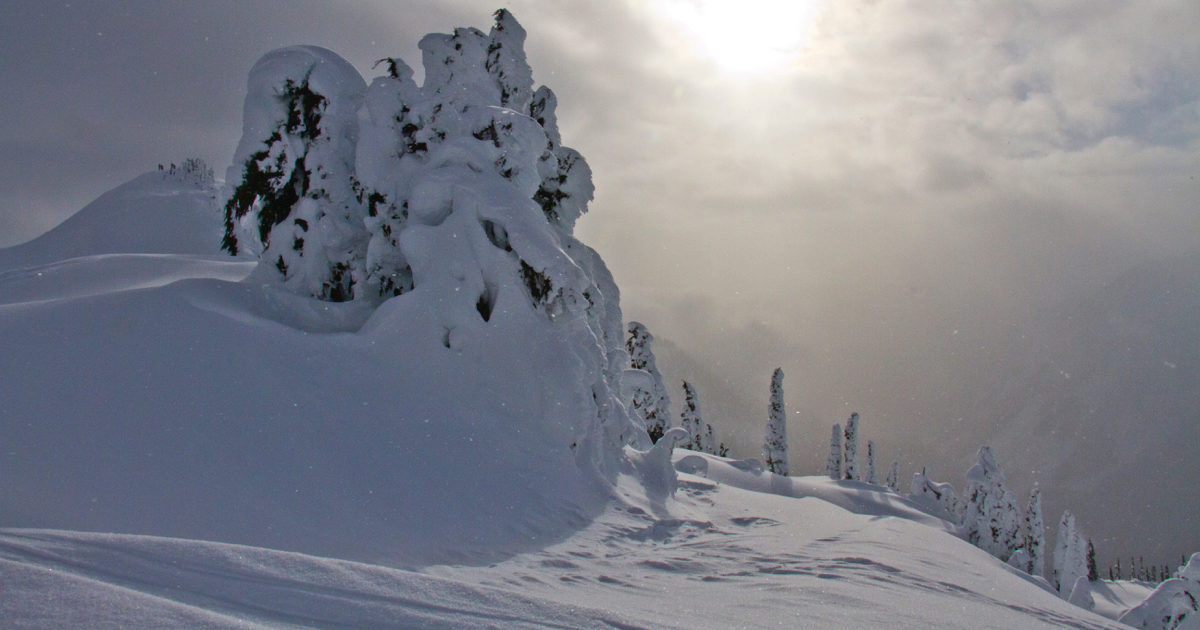
Here are some reasons snow backpacking delivers a special and unique kind of backpacking bliss.
Very few hiking experiences can compare to traveling across pristine snow under a blue sky.
Before you head out, be sure to read my short post about the dangers of winter backpacking.
Let me know if you have any questions or suggestions. I’ll be updating this post periodically for correction, etc.
Also, please don’t forget to subscribe to my blog and leave comments below.
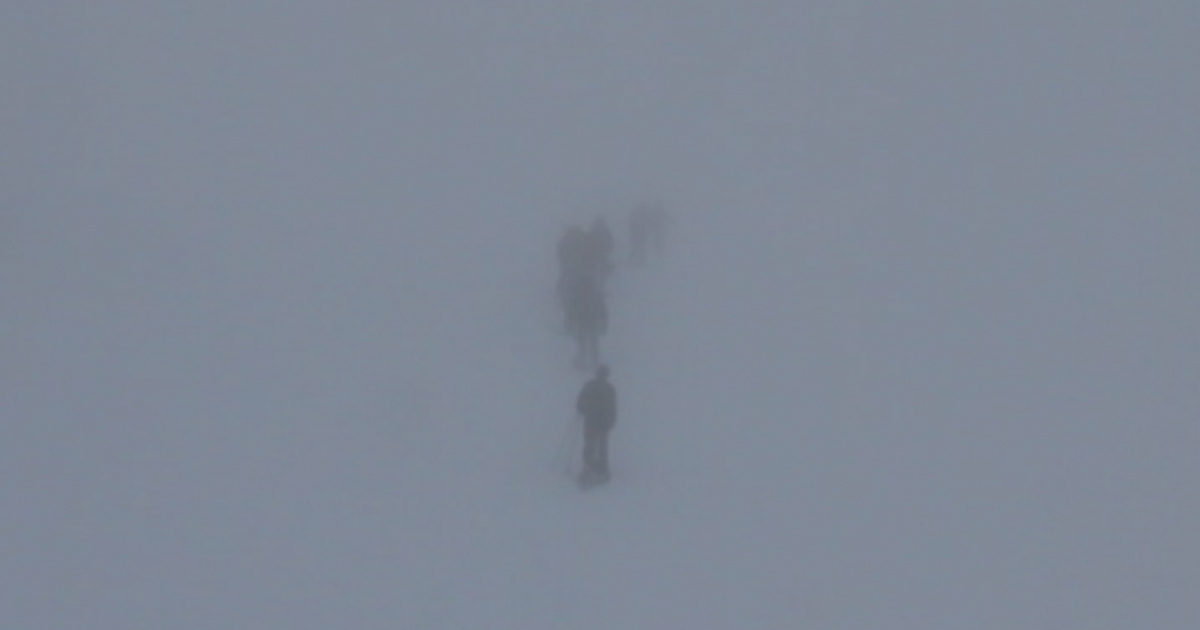
Snow camping and winter backpacking are great ways to experience the wilderness. In fact, nothing is as beautiful and enchanting as the wilderness in winter. But if you are new to the idea, here are a few reasons you shouldn’t just head out alone or unprepared. Be aware of the risks and take appropriate precautions. Below is a short beginner’s list of basic hazards and concerns that every winter backpacker should know.
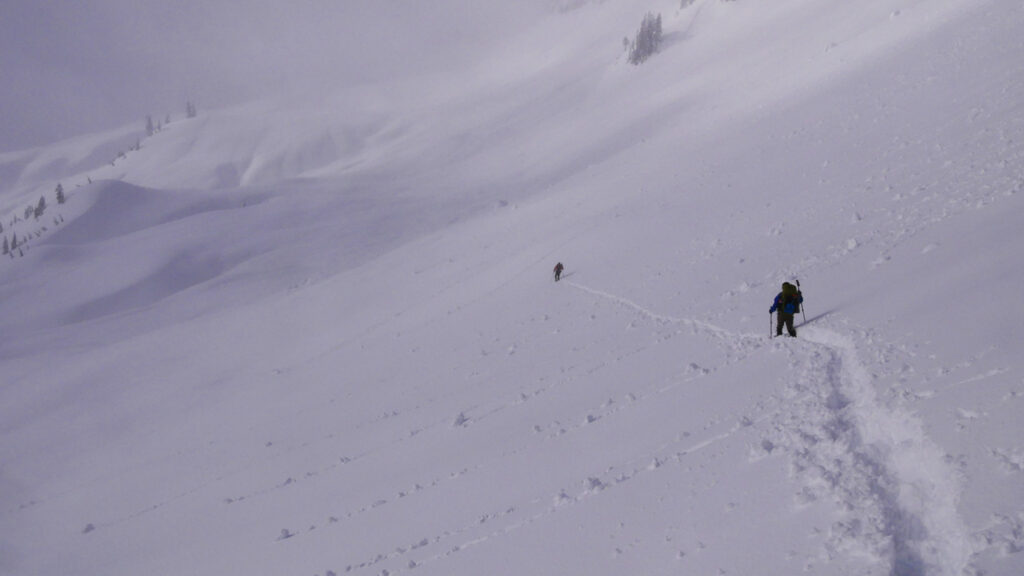
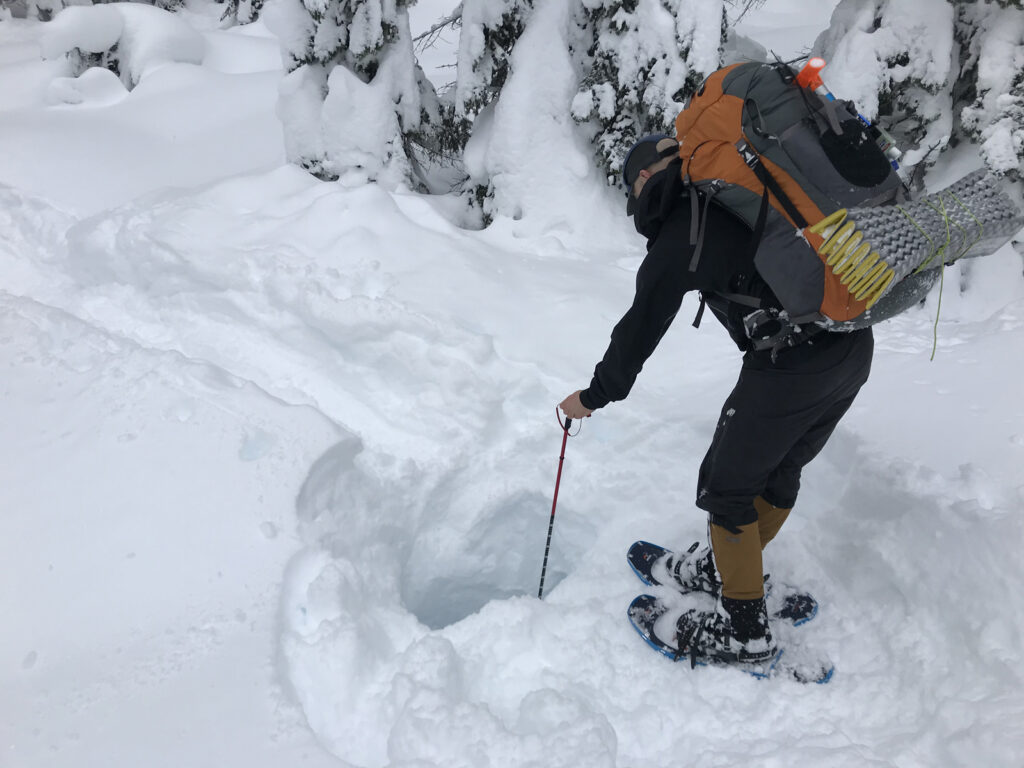
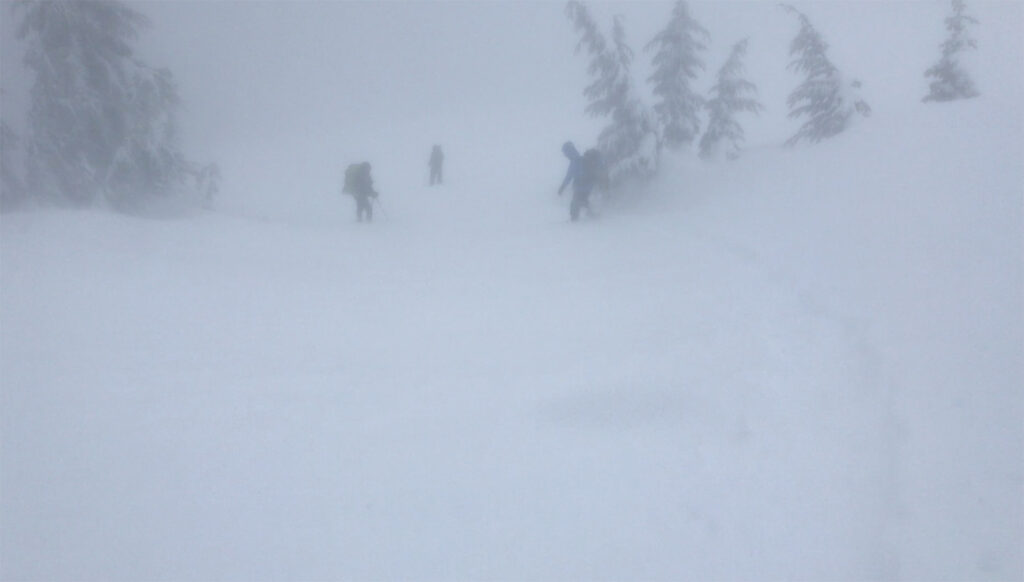
Be sure to read my beginner’s safety tips list too.
Let me know if you have any questions or suggestions. I’ll be updating this post periodically.
Also, don’t forget to subscribe to my blog and leave comments below.
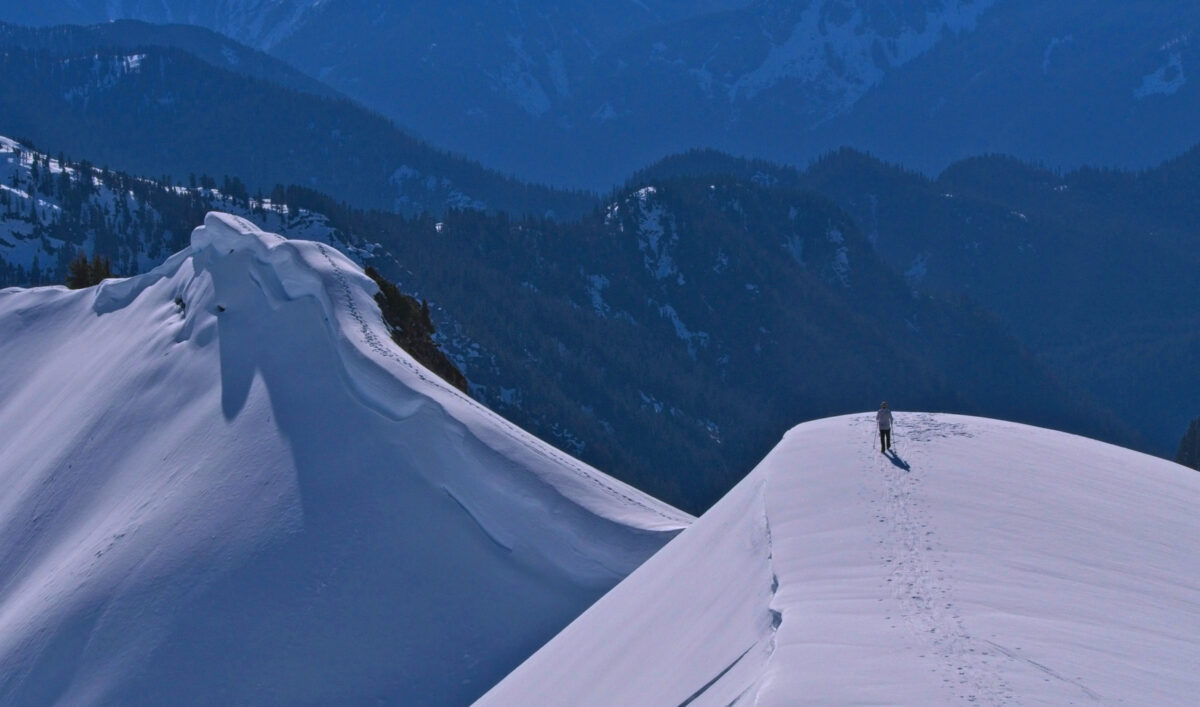
This is a concise list of safety tips for beginners who want to start winter backpacking.